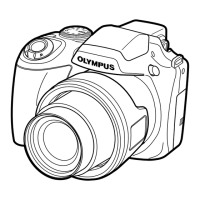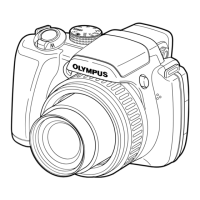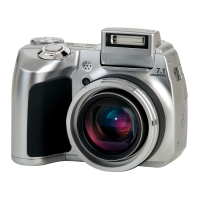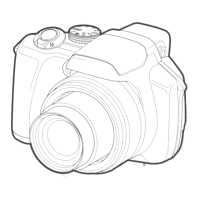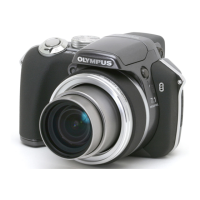Camera
shake
"Taking
pictures
without
camera
shake"
•
Taking
pictures
using
[IMAGE STABILIZER]
(p.35)
The
CGO"
shifts to correct for camera shake even
if the ISO speed is not increased. This function is
also effective when taking pictures at a high zoom
magnification.
'1 An image pickup device that absorbs incoming
light through the lens and changes it to
electronic signals.
•
Set
to
S
mode
or
[~SPORn
in
shooting
mode
Pictures can be taken at a high shutter speed,
which is effective even for motion
of
the subjects.
S mode (p. 18)
[~
SCN]
(p. 40)
•
Taking
pictures
using
high
ISO
speed
If a high ISO speed is selected, pictures can be
taken
at
a high shutter speed even at locations
where a flash cannot be used.
[ISO] (p. 31)
Exposure
(brightness)
"Taking
pictures
with
the
right
brightness"
• Taking
pictures
of
a
sUbject
against
a
backlight
A face against backlight
is
brightened.
[SHADOW AOJ] (p. 22)
•
Taking
pictures
using
[FACE DETECT]
for
[AF
MODE] (p. 34)
Appropriate exposure is obtained for a face
against backlight, and the face is brightened.
• Taking
pictures
using
[0]
for
[METERING]
(p.33)
The brightness is adjusted according to the subject
in
the center
of
the screen without being influenced
by the background
light
•
Taking
pictures
using
[~FILL
IN] (p. 23)
flash
A subject against backlight is brightened.
• Taking
pictures
of
a
white
beach
or
snow
scene
Set the mode to
[[J~
BEACH & SNOW]. (p. 40)
•
Taking
pictures
using
exposure
compensation
(p.23)
Adjust the brightness while viewing the screen
for taking the picture. Normally, taking pictures
of
white subjects (such as snow) results
in
images
that are darker than the actual
subject
Use the
lB
button to adjust
in
the positive (+) direction to
express whites as they appear.
When taking pictures
of
black subjects, on the
other hand, it is effective to adjust in the negative
(-) direction.
Image
colors
"Taking
pictures
with
colors
at
the
same
shade
as
they
appear"
• Taking
pictures
by
selecting
(WB]
(p. 30)
Best results
in
most environments can normally
be obtained with the AUTO setting, but for some
subjects, you should try experimenting with
different settings. (This is especially true for
sunshade under a clear sky, mixed natural and
artificial light settings, and so on.)
EN
69

